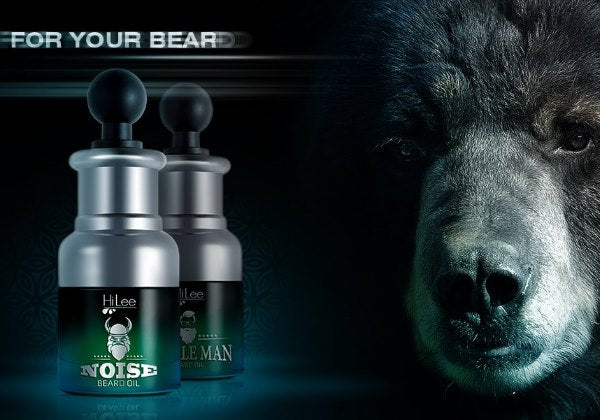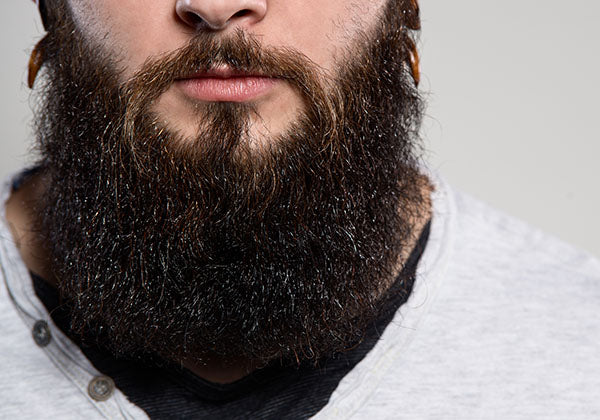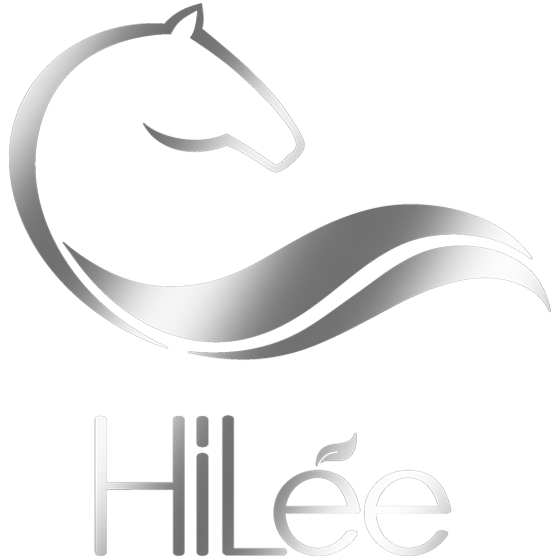When will that luscious beard start growing?

At what age does facial hair appear? When will that luscious beard start growing? Can my beard grow faster?
These are questions that many teenage boys ask themselves when they see their peers starting to shave. And then, once the first whiskers make their debut, the question becomes: is it possible to grow a full, bushy beard? Fathers become the best example of what to expect when the facial growth comes in: what the growth pattern is like if the beard grows thick and full, what proper beard care should be like. And how long must one wait until bearded experiments can begin?
As time goes by, some boys wonder why their classmates are already flaunting their chin fuzz while others remain smooth-faced. In general, facial hair appears between the ages of 17 and 19, though of course, some might see the first whiskers either earlier, or at a later age. The first fuzz appears on the upper lip, though the hairs might be wispy and very light-colored, not at all resembling the mustache that its owner so wishes to see. The ability to grow a beard, on the other hand, does not develop until puberty is done and gone.
Genetics is a study of heredity, and how various traits are passed down from parents to children. And while genetics can predict a high chance of probability that a child of two brown-eyed, brown-haired parents will also be brown-eyed and brown-haired, timing is not within the genetic predictive purview. Just because a father was able to flaunt a full, bushy beard by age 17 does not mean the same would be true for a son. The opposite is also true; just because a father can only grow a sparse, patchy beard, does not mean the same fate awaits the son.
In addition, there are quite a few tips and tricks to achieve beard-growth success.
When bristles first start growing, it might seem at first that the growth is patchy and uneven, and that some areas of the cheeks remain stubbornly bare. That, however, is just the first stage. Within a few weeks, bare patches will start getting covered with bristles. Given will power and a lot of patience (and the ability to put the razor away for a month), the cheeks, chin, and neck will eventually all be covered in thick growth, and the hair texture will be markedly different from the first, teenage-era fuzz.
How long does it take to grow a beard? Experts say that it takes at least a month for the hair follicles to get fully activated and provide complete facial (and neck) coverage. During that time, the hairs that actively grew before will grow again. And those sprouting for the first time will eventually get there. The beard will not look the way it should – or, the way one hopes it would – but this is just the beginning; the first step.
Proper nutrition is key to success. A balanced diet that provides vitamins and minerals is essential to nourishing the body and encouraging healthy hair growth. In addition, a healthy diet might normalize testosterone levels, and this androgen (male hormone) plays a vital role in the appearance of body hair, including a beard. The following nutrients are helpful to encouraging even and regular hair growth: vitamin A (eggs, liver, meat, cheese); vitamin C (citrus fruits, peppers, potatoes, tomatoes); vitamin E (fish, spinach, nuts, cereals), the B group (brewer's yeast, whole grains, eggs, leafy greens, liver, nuts); folic acid.
While testosterone levels are complicit in poor (or good) beard growth, hormone treatments are not recommended. They might help if a person is diagnosed with androgen deficiency, but testosterone injections may disrupt liver function, and interfere with the body's own testosterone production. If found to be necessary, treatments should be delayed until after the age of 25, once full sexual maturation is reached.
"Why can't I still grow a beard?" is a common enough question, and 'stress and anxiety' is actually a quite common reason. Agitated state of mental health can wreak havoc on the production of stress hormones which, in turn, affect the body's entire biochemistry, resulting in a number of consequences, including poor facial hair growth. Dealing with stress in a productive way and a timely manner is as important as proper nutrition and a sufficient amount of vitamins.
Tips for Fast And Healthy Beard Growth
Facial hair growth is regulated by male hormones (testosterone and DHT). Therefore, a diet that stimulates the production of these hormones will encourage better hair growth. Here are some suggestions to improve nutrition, and finally grow that lush beard:
1. Ensure that adequate amounts of vitamins A, B group, C, and E are part of the diet.
2. Sweet fruits and vegetables are rich in fructose, a sugar implicated in lowering the amount of special globulins that bind the male hormones. Higher levels of fructose lead to higher levels of unbound hormones and improved facial hair growth. Sweet peppers, carrots, sweet potatoes, apples, pomegranates, etc. are all rich in fructose.
3. Protein is an essential building block of hair, so sufficient consumption of meat, dairy, and eggs is important.
Sufficient levels of vitamin D (as a supplement or from sunshine) may play a role in maintaining sufficient levels of testosterone. In addition, regular athletic activity stimulates testosterone production, thereby leading to improved facial hair growth.
Check out HiLée's Beard Shampoo and Beard Oil!
Top quality beard grooming products, for a healthy and beautiful beard.
Also in Articles

Why beard oil?

How to Use Beard Oil - The Ultimate Beard Grooming Guide


